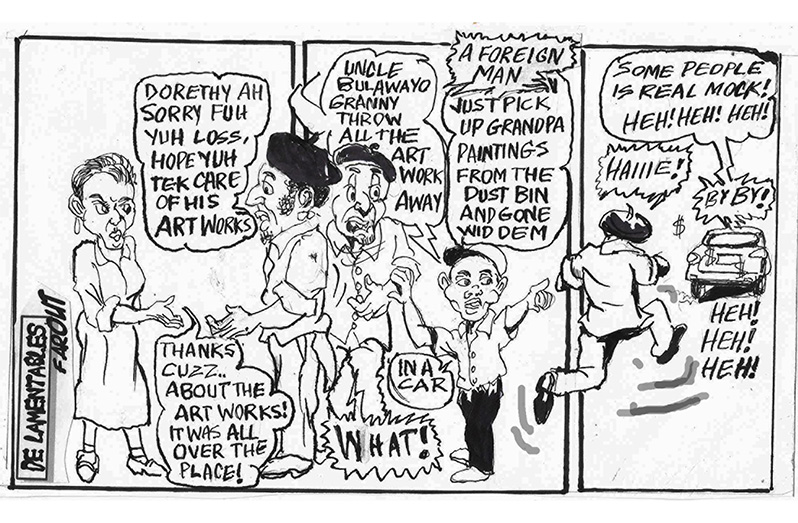There is no nation that does not project its arts as tattoos of its national being, but for this to happen, there must be engagement of minds, clearly to define the ambitions that creative and talented citizens aspire towards. The error in Guyana seems that the arts remain a peculiar dimension of operations, entitled to a specific genetic persuasion, as does every functionary human career platform lean towards, be it ancestral or latent, that matures at times in several related expressions. My concern now rests with the current quest to perceive the potential of the Arts as likened to the nourishment of the Spirit, with its potential for economic development.
When I campaigned in 2017 for the first Subvention to Creative Industries that came into ‘Being’, I was surprised that so many officials did not understand the term “Cultural Industries”. I and a colleague recognised that even senior personnel did not understand the term “Cultural Industries”, though I had explained that I would like to sit with the authorities who were to manage the Subvention that was to be disbursed over two years. The first year was to address flawed and collapsed tools-equipment, while the second was to facilitate an identified project for display. This never happened, as I was never contacted. Unlike in other countries, information in its clarity becomes the guiding light—attitudes towards self-awareness of the subject at hand. The only request to be so informed emerged from the then Minister of Finance, Winston Jordan, who approved the Subvention by gaining support from the Cabinet, and Mr. West, the then PS at the Ministry of Education, who handled this matter. This was the first recognition and Subvention since Independence was granted; however, it only manifested in the first stage in 2019.

This was the recognition of the potential of a new (to Guyana) cottage industry area that had supported itself over the years, with the majority of its top crew migrating to overseas locations. In the words of many—”So we could survive rather than scrounge”.
I can recall times before that, chatting with Dr. James Rose, who told me that he was preparing a Cultural Policy document. I cautioned him that cultural policy must be based on the ‘bridges built’ and that the potential to be documented must evolve from the existing content. Thus, the writer must be aware of the diversity and potential of content to even outline the framework. I used the example of the entity of The Curriculum Development that was established in Queen’s College compound, managed by a top educator, the late Mr. Oswald Kendal. It was the school products that they created that led to the next stage of creating the Book Distribution Unit, where artists and scriptwriters dwelled. I had an interaction with this unit before the stingy era of the Oil Crisis emerged. This is a brief touch on the history of managing creative potential, like perusing a few pages of an ongoing work of posterity and current potential.



.jpg)








